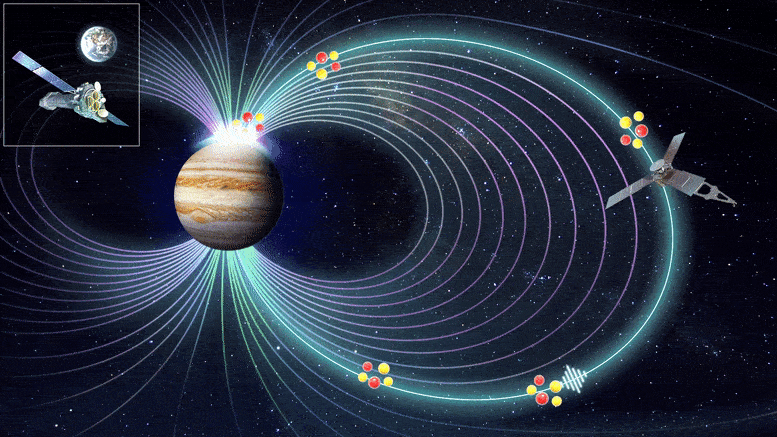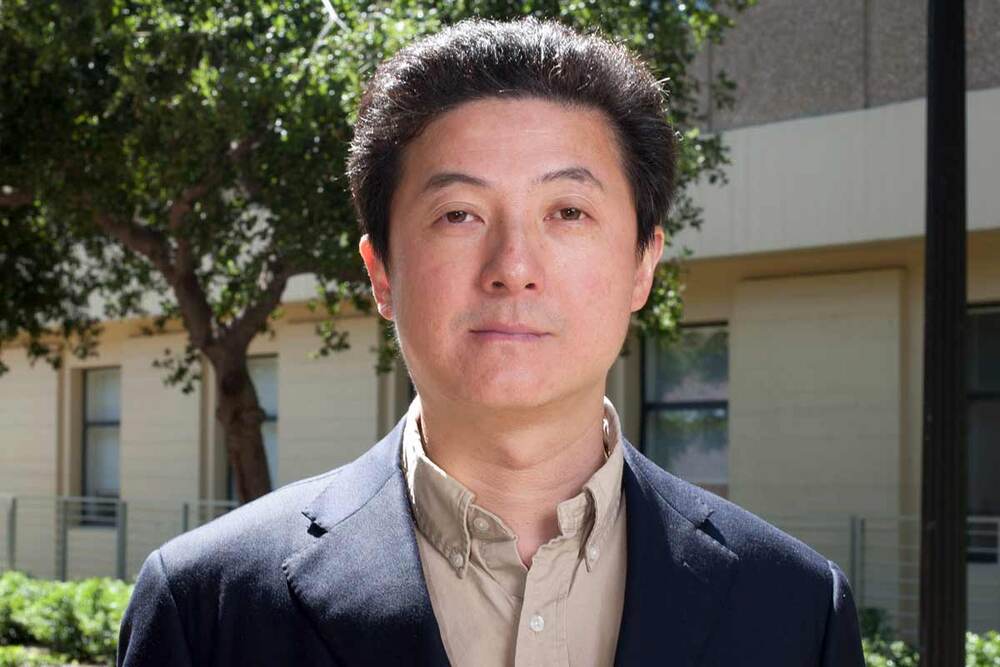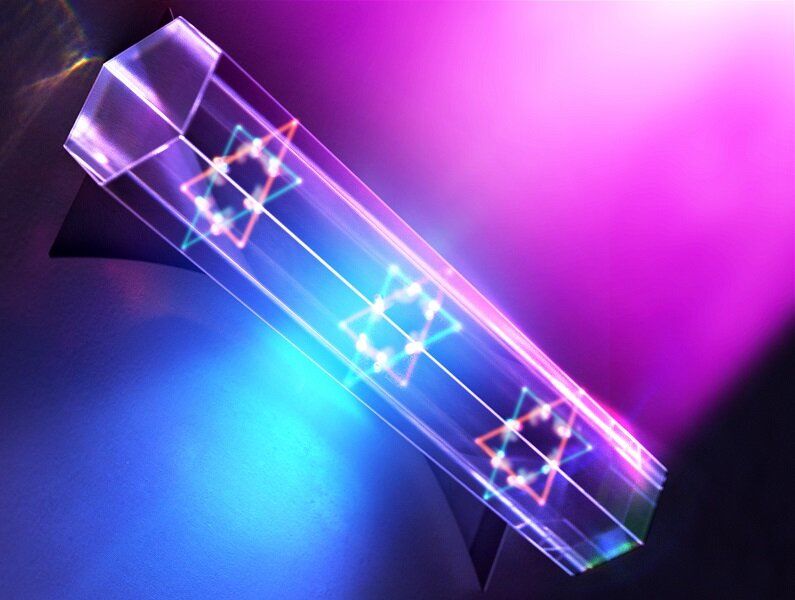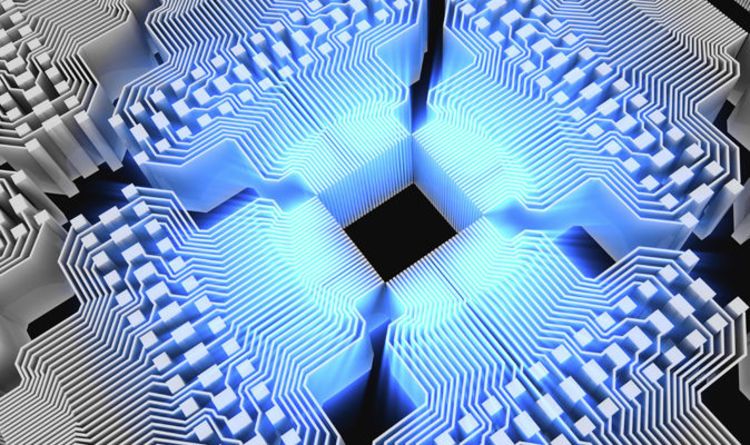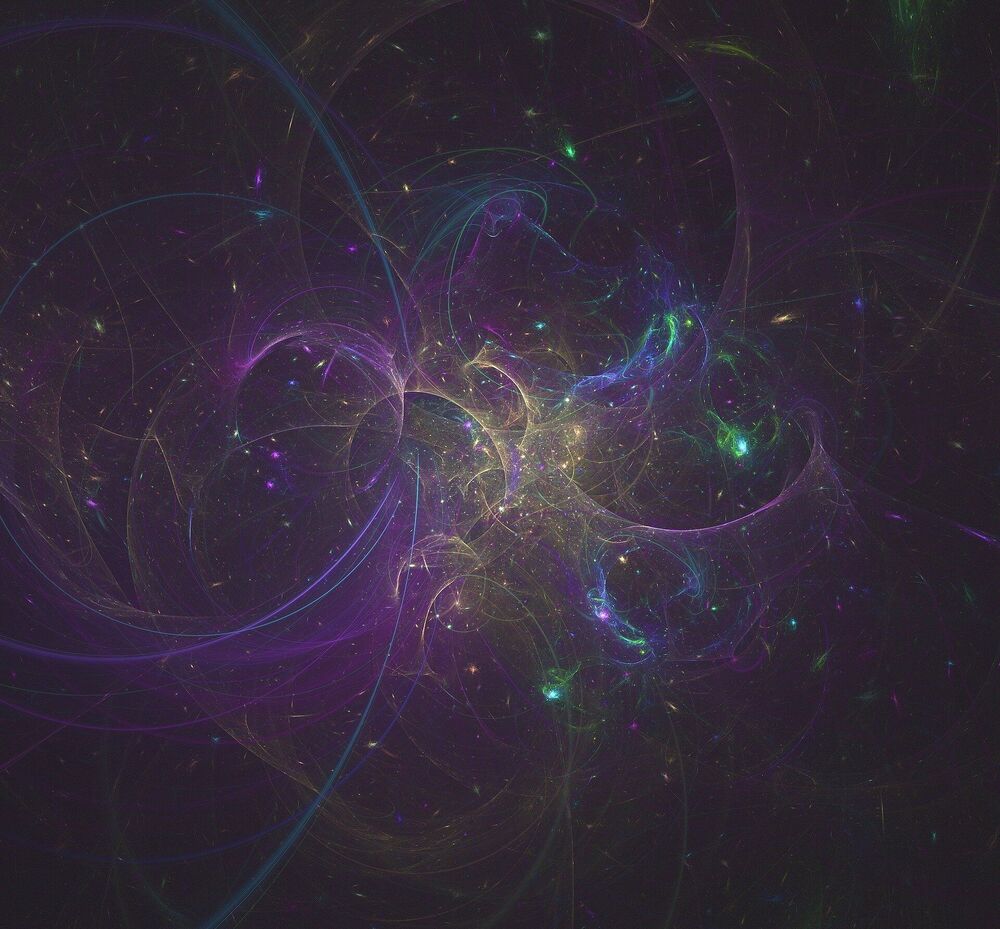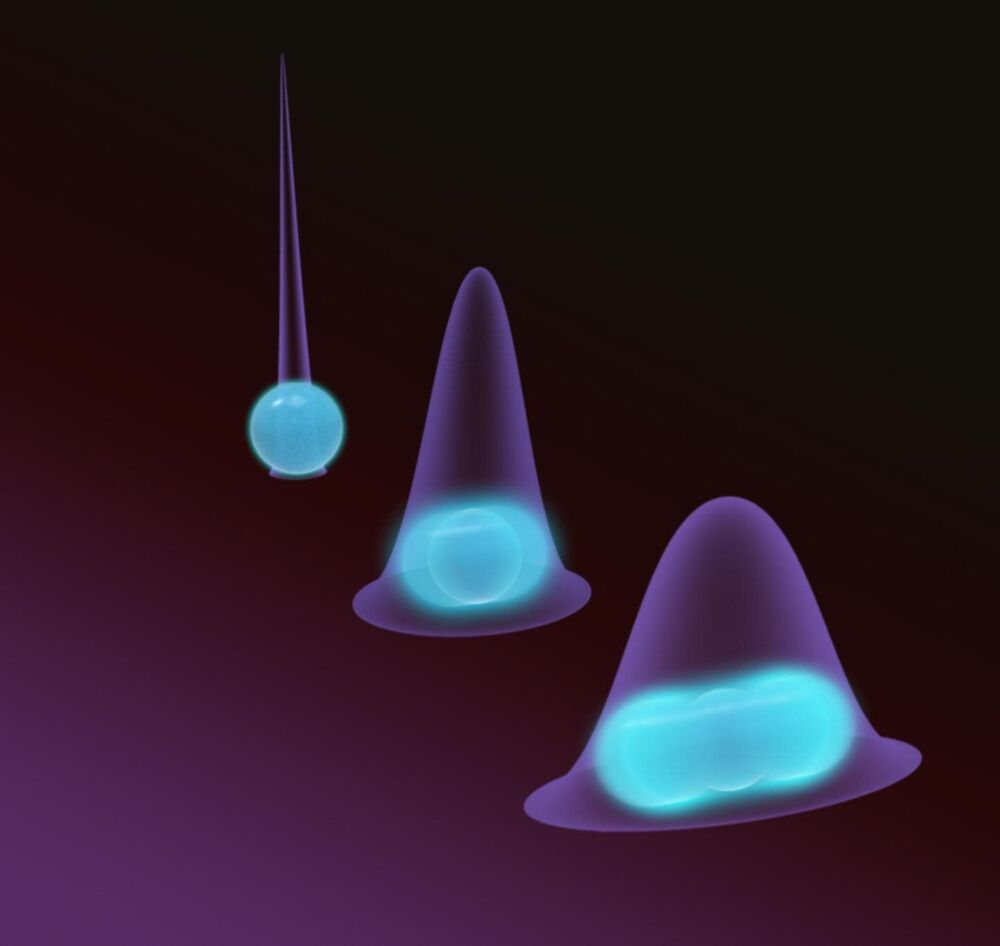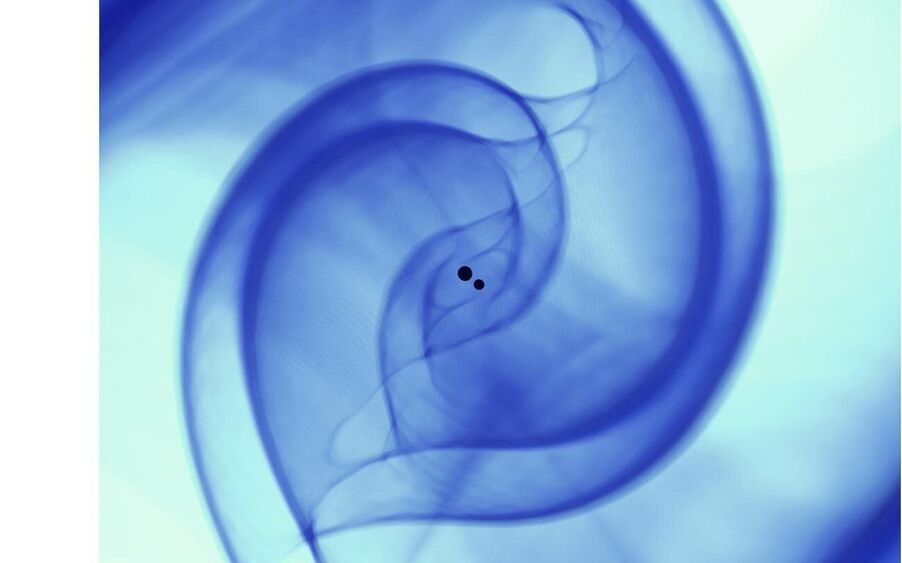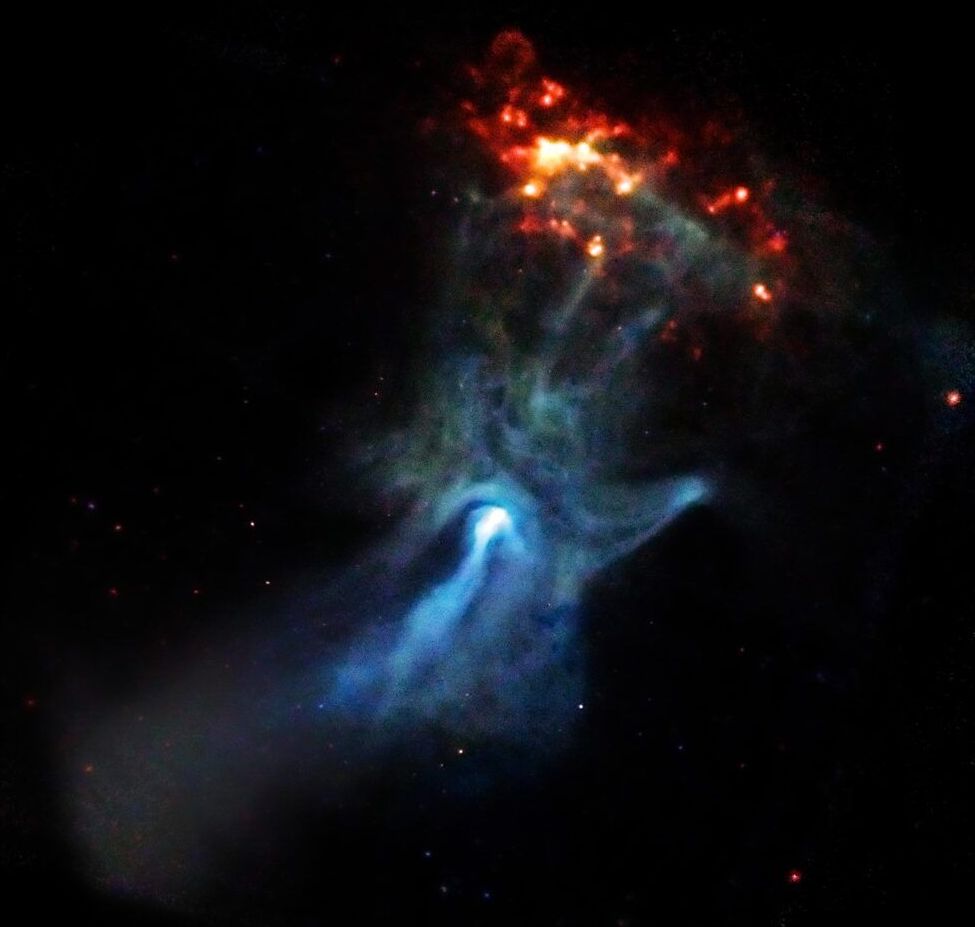Jul 9, 2021
Scientists Solve 40-Year Mystery Over Jupiter’s Spectacularly Powerful X-ray Aurora
Posted by Genevieve Klien in categories: particle physics, space
A research team has solved a decades-old mystery as to how Jupiter produces a spectacular burst of X-rays every few minutes.
A research team co-led by UCL (University College London) has solved a decades-old mystery as to how Jupiter produces a spectacular burst of X-rays every few minutes.
The X-rays are part of Jupiter’s aurora — bursts of visible and invisible light that occur when charged particles interact with the planet’s atmosphere. A similar phenomenon occurs on Earth, creating the northern lights, but Jupiter’s is much more powerful, releasing hundreds of gigawatts of energy, enough to briefly power all of human civilization.*.
